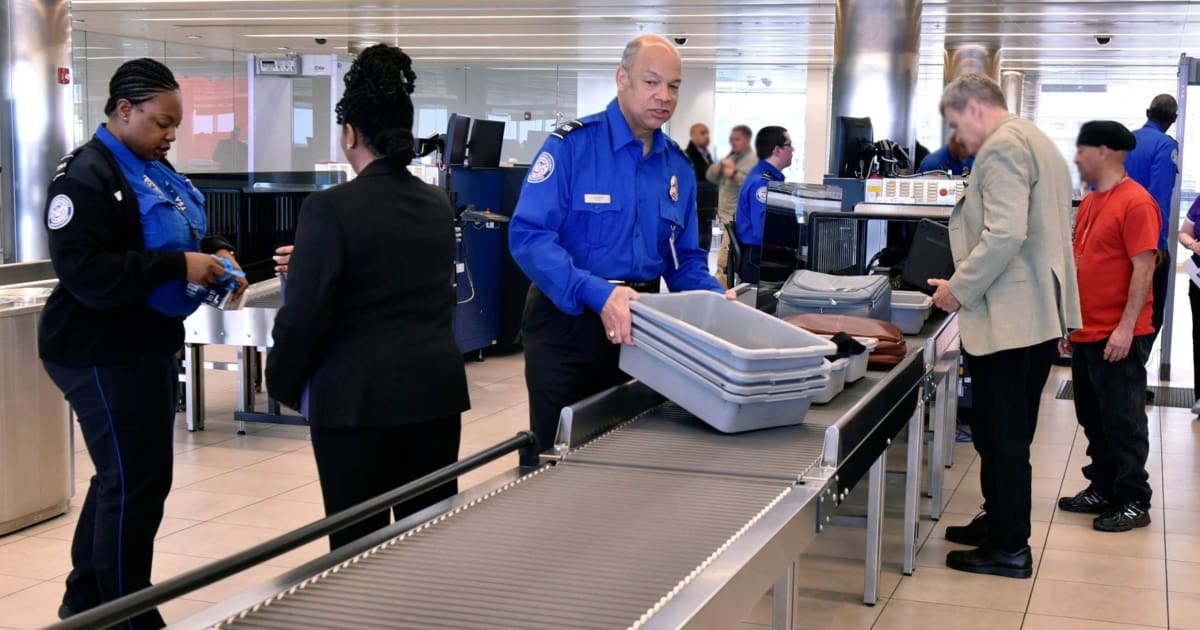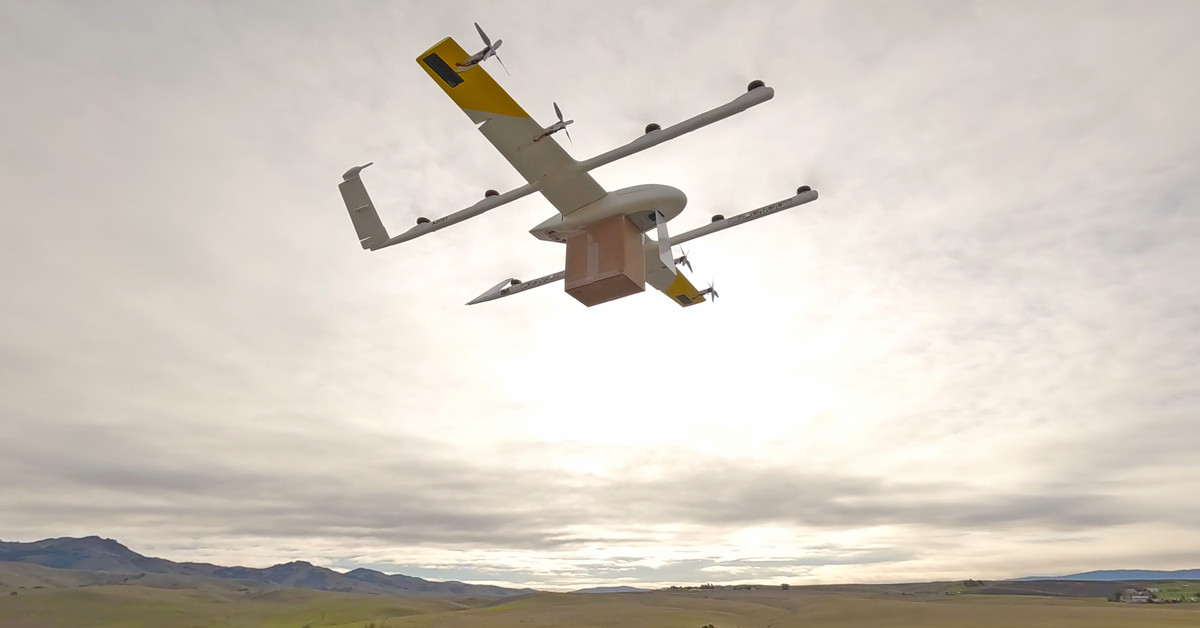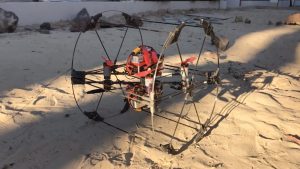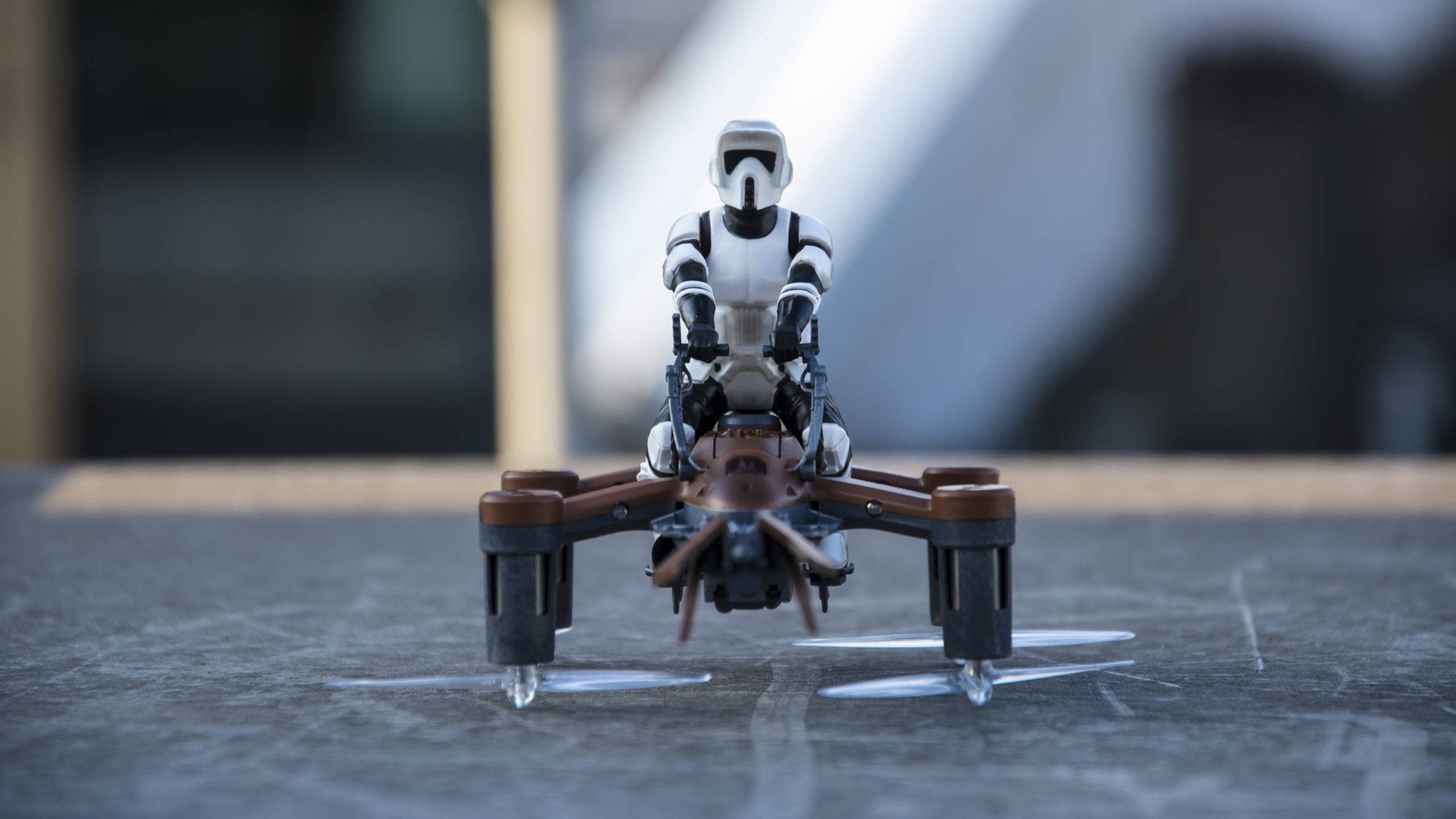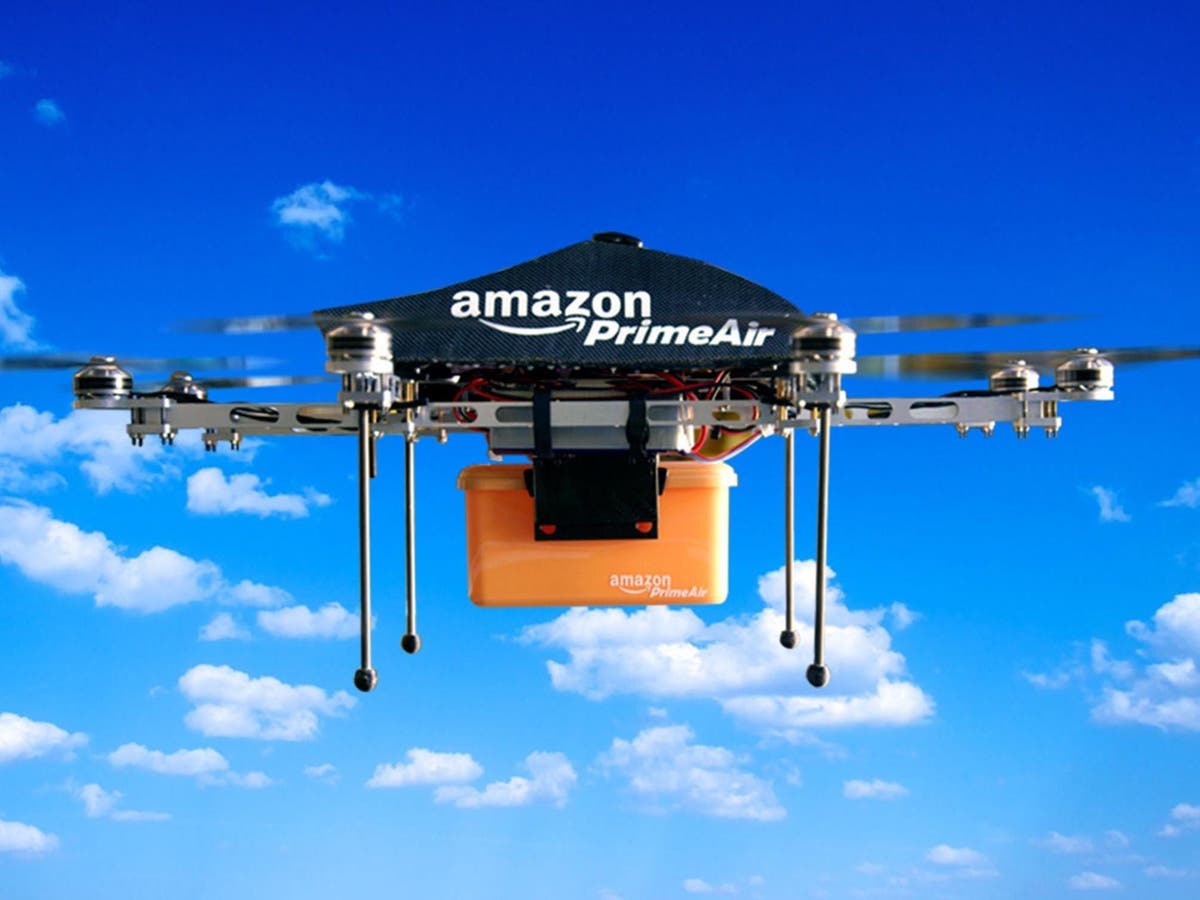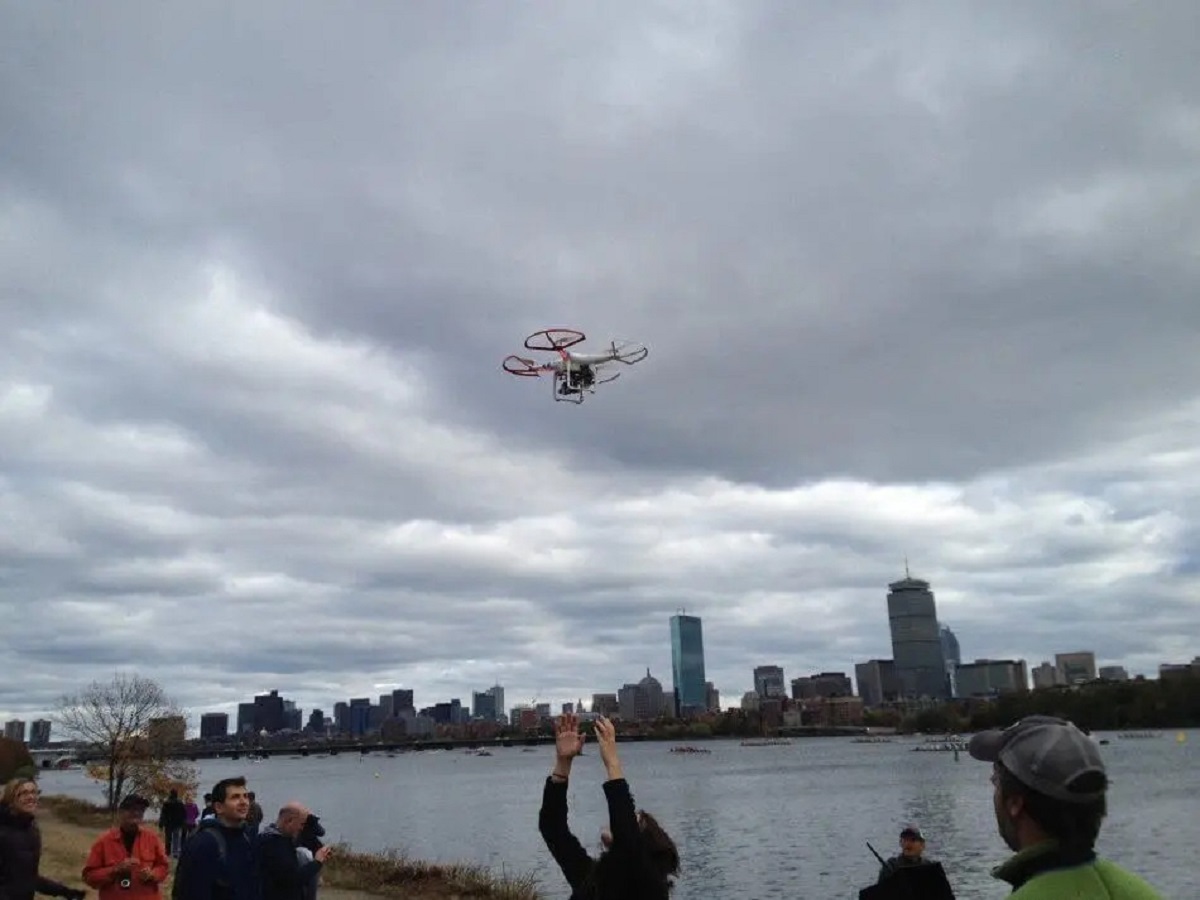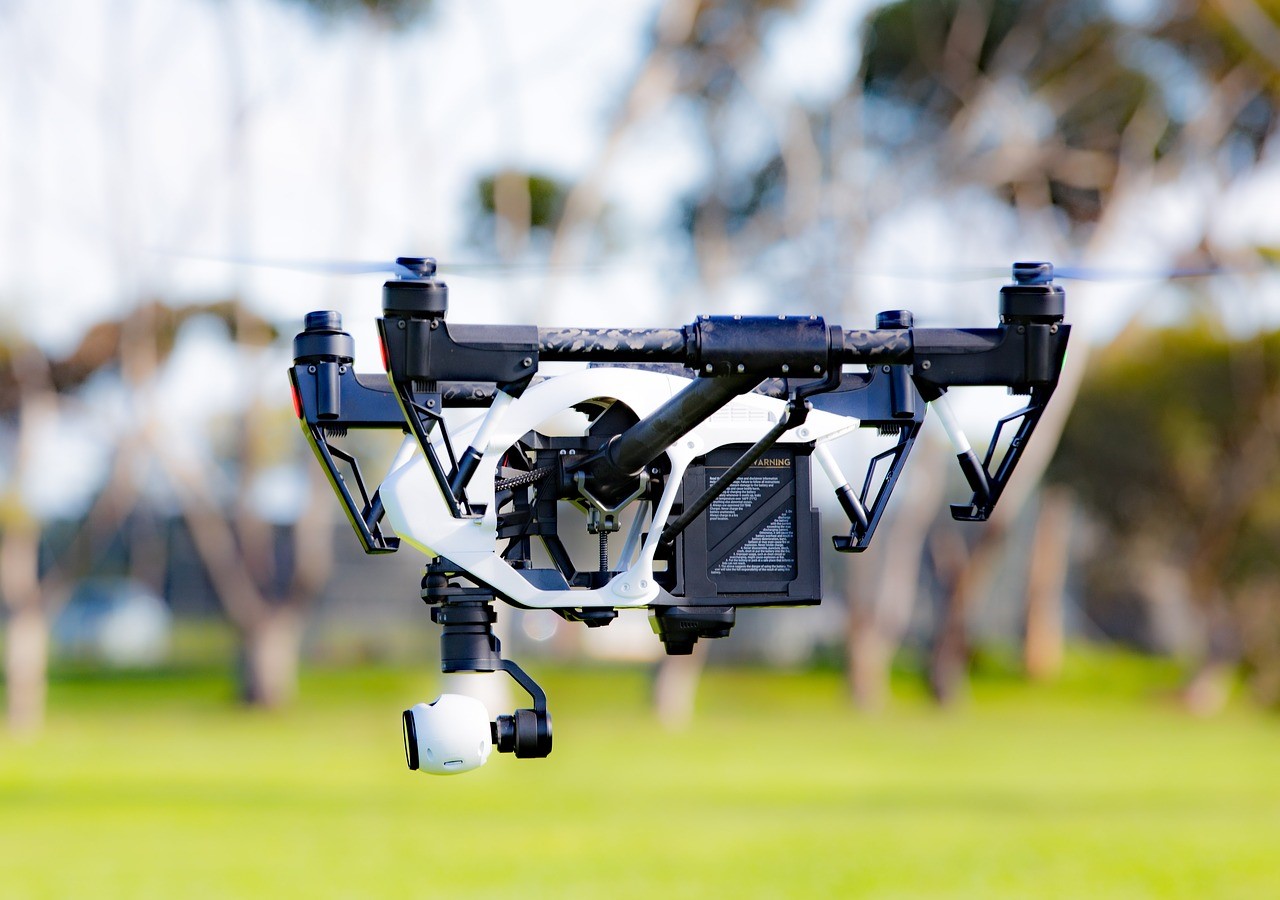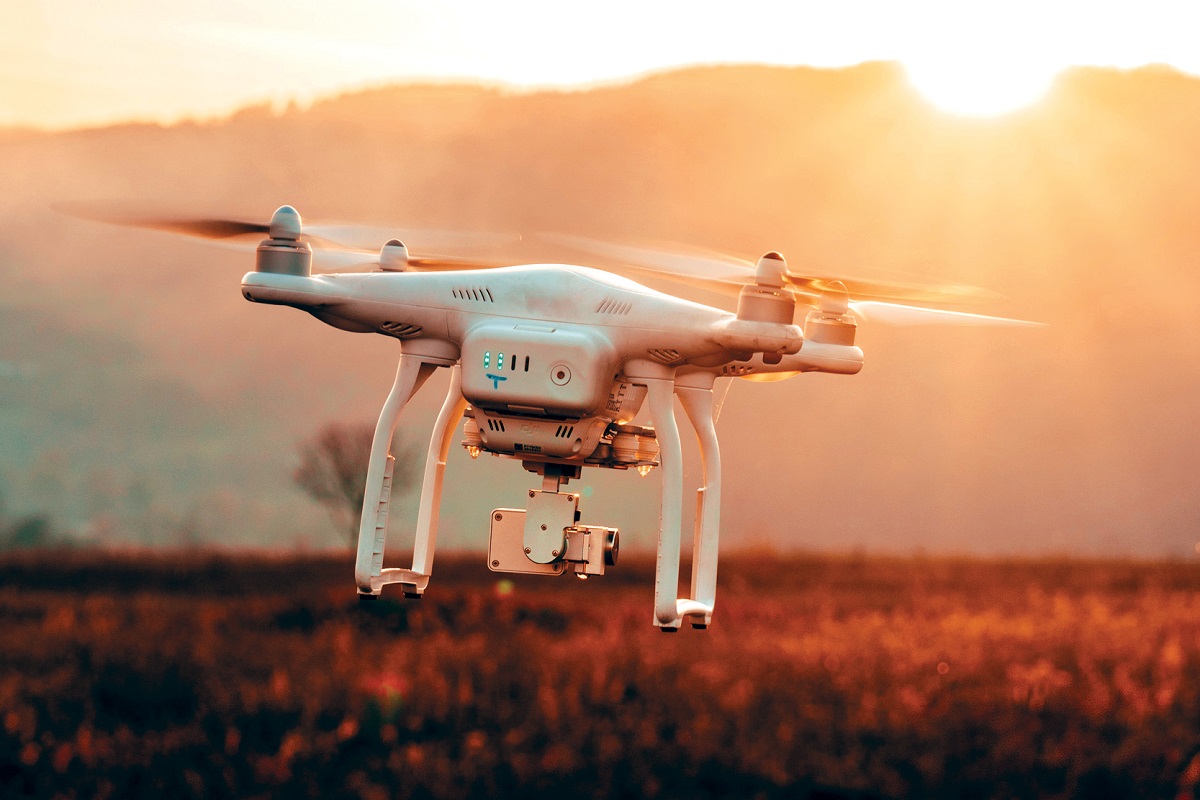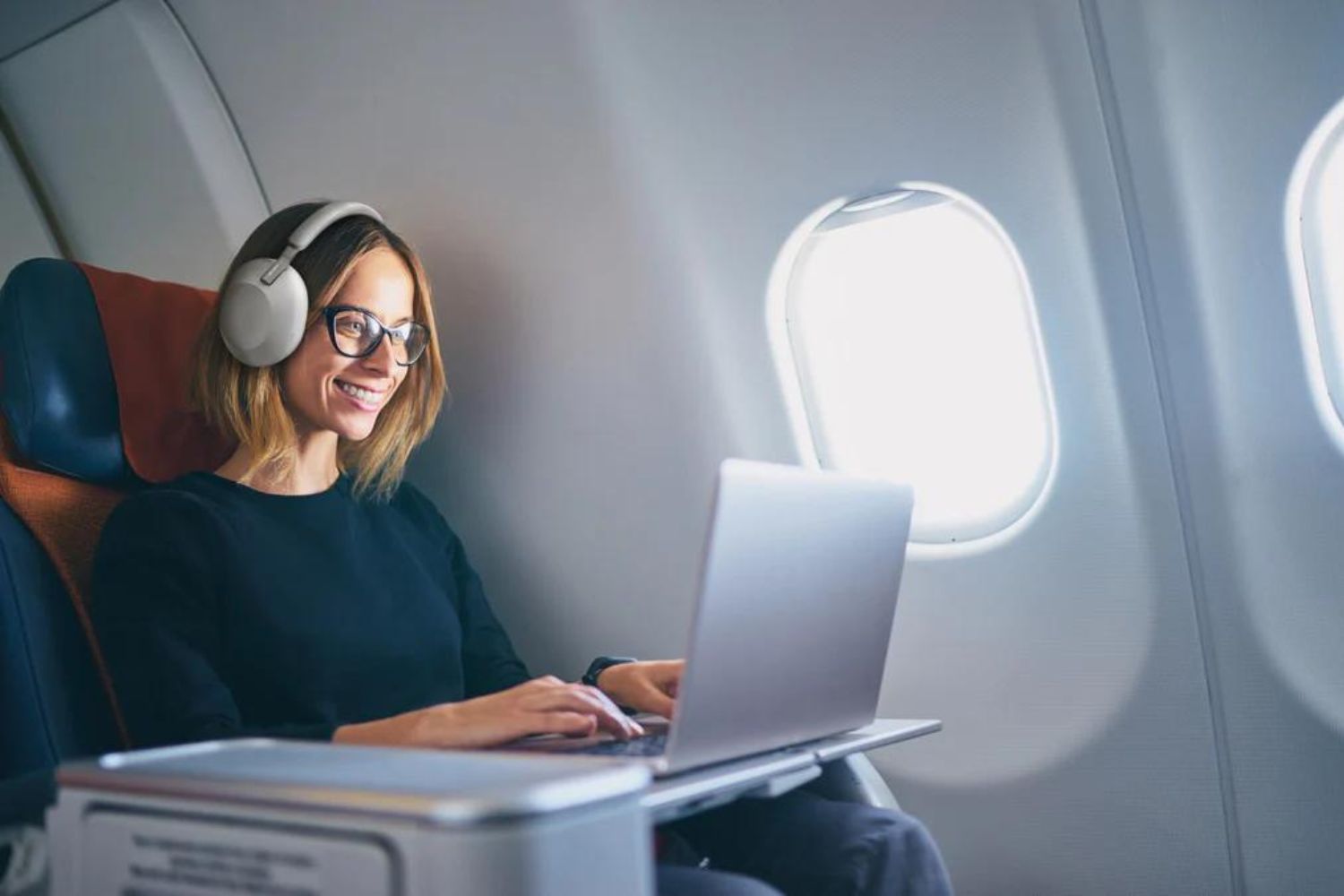Introduction
Traveling with a drone can be an exciting prospect for aerial photography enthusiasts, but it also comes with its fair share of challenges. The rules and regulations regarding bringing a drone on a plane can be complex and vary between different airlines and countries. However, with proper preparation and adherence to guidelines, you can safely bring your drone on a plane and capture breathtaking footage from above.
In this article, we will guide you through the essential steps and precautions to take when traveling with your drone. From checking airline and Federal Aviation Administration (FAA) regulations to securely packing and storing your drone on the plane, we will provide you with the information you need for a smooth and hassle-free journey.
It is important to note that the regulations and restrictions may change over time, so it’s always a good idea to double-check with your airline and local aviation authorities before your flight. By following these guidelines and staying informed, you can ensure a safe and enjoyable experience while traveling with your drone.
Check the Airline and FAA Regulations
Before embarking on your journey, it is essential to thoroughly research and understand the regulations and guidelines set forth by both the airline you are flying with and the Federal Aviation Administration (FAA). Each airline may have its specific rules regarding the carriage of drones, so it’s crucial to check their official website or contact their customer service directly.
Similarly, the FAA has established certain regulations that govern the use and transport of drones. These regulations aim to ensure safety both in the air and on the ground. Familiarize yourself with the FAA guidelines, paying particular attention to the rules surrounding drone batteries, weight restrictions, and registration requirements.
It’s worth noting that some airlines may have stricter regulations than the FAA, so it’s important to comply with both sets of guidelines. Make a checklist of all the specific requirements and regulations outlined by your airline and the FAA to ensure compliance and avoid any complications during your journey.
To give yourself peace of mind and avoid any surprises at the airport, it’s advisable to print out and carry a copy of the airline’s drone policy and the relevant FAA regulations. This way, you can easily reference the guidelines if any questions or issues arise during the check-in or security screening process.
Remember, regulations and guidelines can vary between different countries, so if you’re planning an international trip, make sure to research the drone policies of your destination country. Some countries may have stricter rules or even ban the use of drones altogether, so it’s crucial to be well-informed to avoid any legal complications.
By being proactive and educating yourself about the airline and FAA regulations, you can ensure a smooth travel experience with your drone, minimizing any potential delays or problems along the way.
Choose the Right Carrying Case
Selecting the appropriate carrying case for your drone is crucial to ensure its safety during transportation. A well-designed and durable case will protect your drone from impact, moisture, and other potentially damaging factors. There are various carrying case options available in the market, each offering different features and levels of protection.
Firstly, consider the size and dimensions of your drone when choosing a carrying case. Look for a case that provides a snug and secure fit for your specific drone model. Many manufacturers offer custom-designed cases for popular drone models, ensuring a perfect fit and maximum protection.
In addition to size, assess the quality of the case’s construction and materials. Look for cases made from durable and water-resistant materials such as hard plastics or reinforced fabrics. A well-padded interior will provide an extra layer of protection for your drone and its components. Some cases even come with customizable foam inserts that allow you to create a tailored fit for your drone and accessories.
Consider the overall design and features of the carrying case. Look for cases with sturdy handles and reliable closures like double zippers or latches to keep your drone secure. Check for additional compartments or pockets where you can safely store spare batteries, propellers, cables, and other accessories. Some cases even have integrated charging ports, which can be convenient for charging your drone while on the go.
Portability is another important factor to consider. Choose a carrying case that is compact and lightweight for easy transportation. Cases with comfortable shoulder straps or backpack-style designs can be particularly convenient, especially if you plan to bring your drone as a carry-on item during air travel.
Before purchasing a carrying case, read customer reviews and ratings to gauge the experiences of other drone owners. Look for cases with positive feedback regarding durability, quality, and overall customer satisfaction. It’s worth investing in a high-quality carrying case to protect your valuable drone investment.
By choosing the right carrying case, you can ensure that your drone remains safe and undamaged throughout your journey, giving you peace of mind and allowing you to focus on capturing stunning aerial shots.
Secure Your Drone Batteries
When traveling with your drone, it’s essential to ensure the safe and secure transport of your drone batteries, as they are considered a potential fire hazard by airline regulations. Here are some guidelines to follow to secure your drone batteries:
1. Carry-on Only: Transport your drone batteries in your carry-on luggage rather than checked baggage. This is because lithium-ion batteries, commonly used in drones, are not allowed in the cargo hold due to the risk of fire.
2. Check Airline Restrictions: Check with your airline regarding their specific requirements for carrying batteries. Some airlines may have limitations on the number of batteries you can carry or require them to be individually protected to prevent short circuits.
3. Insulate Battery Terminals: To prevent accidental activation or short circuits, it’s advisable to insulate the battery terminals. You can use electrical tape or specially designed battery covers to cover the battery contacts and ensure they do not come into contact with any metal objects.
4. Use Battery Cases or Bags: It’s highly recommended to use dedicated battery cases or bags to store your drone batteries during transport. These cases provide extra protection against physical damage and help contain any heat or fire in case of a battery malfunction.
5. Follow Battery Watt-hour Limit: Most airlines have restrictions on lithium-ion batteries based on their watt-hour (Wh) rating. Make sure your drone batteries fall within the allowed watt-hour limit set by the airline. You can usually find this information on the battery label or in the drone manufacturer’s documentation.
6. Keep Batteries at Room Temperature: Extreme temperatures can affect battery performance and safety. It’s best to store your drone batteries at room temperature to maintain their optimal condition. Avoid leaving them in direct sunlight or cold environments.
7. Divide Batteries among Bags: If you are carrying multiple batteries, consider distributing them across different bags. By doing so, you minimize the risk of losing all your batteries in case of theft or loss of a bag.
By following these guidelines, you can ensure the safe and secure transport of your drone batteries. It’s important to prioritize safety when dealing with lithium-ion batteries, as mishandling can have severe consequences. Always abide by the airline regulations and take the necessary precautions to protect yourself and others during your journey.
Pack Your Drone in Your Carry-on Bag
When packing your drone for air travel, it is recommended to keep it in your carry-on bag rather than checking it in. This allows you to have better control over its handling and ensures its safety throughout the journey. Here are some tips for packing your drone in your carry-on bag:
1. Disassemble and Secure Components: Before packing your drone, disassemble it and carefully secure each component. Remove the propellers, camera, and any other detachable parts and pack them separately. This helps to prevent any damage or movement during transit.
2. Use Protective Wrap or Bubble Wrap: Wrap your drone and its components in a layer of protective wrap or bubble wrap. This provides an additional layer of cushioning and protection against any impact or jostling during the flight.
3. Utilize Original Packaging or Custom Case: If you still have the original packaging of your drone, it is ideal for packing and protecting it during air travel. The original packaging is specifically designed to fit the drone snugly and has compartments for all the necessary components. Alternatively, you can use a custom-designed drone carrying case to ensure a secure fit and maximum protection.
4. Add Extra Padding: Place additional padding, such as clothes or soft materials, around the drone and its components within the carry-on bag. This provides extra cushioning and helps to absorb any shocks or impacts that may occur during handling.
5. Follow TSA Guidelines: It is crucial to adhere to the guidelines set by the Transportation Security Administration (TSA) when packing your carry-on bag. Ensure that your drone and its components comply with the size and weight limitations for carry-on items. Familiarize yourself with the TSA rules regarding electronic devices and follow any screening procedures required for these items.
6. Declare Your Drone at Security Checkpoint: When you reach the security checkpoint, declare your drone to the TSA officers. They may require you to take the drone out of your bag and send it through the X-ray machine separately. Always cooperate with the officers and follow their instructions to ensure a smooth security screening process.
By packing your drone in your carry-on bag, you can keep it protected from rough handling and potential damage that can occur during checked baggage transportation. It also allows you to keep an eye on your drone and ensures its security throughout the journey.
Prepare for Security Checkpoint
Passing through the security checkpoint with your drone requires some preparation to ensure a smooth and efficient process. By following these guidelines, you can minimize any potential delays or issues when going through airport security:
1. Review TSA Guidelines: Familiarize yourself with the Transportation Security Administration (TSA) guidelines regarding electronic devices and drones. Check their official website or contact your airline for specific instructions and any updates to the rules and regulations.
2. Remove Batteries: Prior to reaching the security checkpoint, remove all drone batteries from your carry-on bag and place them in a separate bin. This allows the TSA officers to inspect them more easily and reduces the likelihood of any confusion or complications.
3. Separately X-ray Drone Components: Instructed by the TSA officer, place the drone and its components – such as the controller and camera – in a designated bin for X-ray screening. This ensures that the equipment can be thoroughly inspected and prevents any misinterpretation of the x-ray image by the security personnel.
4. Coiled Cables and Secure Accessories: Keep the cables coiled neatly and secure any loose accessories to prevent them from tangling or getting damaged during the security screening process. This also helps to expedite the inspection of your belongings and reduces the chance of a more extensive search.
5. Be Prepared to Power On: Keep your drone’s battery fully charged before arriving at the airport. Some security officers may require you to power on your drone to demonstrate that it is a functional device. Be prepared to do so and ensure that your batteries have enough charge to comply with this requirement.
6. Follow Instructions and Stay Calm: Cooperate with TSA officers and follow their instructions throughout the security screening. Maintain a calm and polite demeanor, as this will facilitate a positive interaction with security personnel and help ensure a hassle-free experience.
By preparing for the security checkpoint in advance and understanding the regulations and procedures, you can navigate through airport security smoothly with your drone. Following these guidelines ensures a seamless process and minimizes the potential for any complications or delays.
Follow Instructions from TSA Officers
When traveling with a drone, it is essential to cooperate with Transportation Security Administration (TSA) officers and follow their instructions during the security screening process. Here are some important guidelines to keep in mind:
1. Stay Calm and Respectful: Approach the security checkpoint with a calm and respectful demeanor. TSA officers are responsible for ensuring the safety of all travelers, and it is important to treat them with courtesy and respect.
2. Declare Your Drone: Inform the TSA officers that you are traveling with a drone when you reach the security checkpoint. Clearly state that you have a drone in your carry-on bag and follow their instructions on how to proceed.
3. Follow Bag Inspection Procedures: If requested by the TSA officer, be prepared to open your carry-on bag for inspection. They may need to visually inspect the drone and its components to ensure they comply with regulations and do not pose any security risks.
4. Provide Assistance if Needed: Cooperate with the TSA officers if they require assistance with the inspection of your drone or have any questions about its functionality. Offering your cooperation and knowledge helps them perform their duties efficiently.
5. Answer Questions Clearly: If asked about the purpose of your drone or any other related questions, provide clear and concise answers. Be prepared to explain why you are carrying a drone and assure them that you are aware of the regulations and guidelines surrounding its use.
6. Ask for a Hand Search if Necessary: If you have concerns about the potential impact of X-ray machines or other security screening procedures on your drone, you can request a hand search instead. This allows the TSA officers to inspect your drone manually, giving you peace of mind regarding its safety.
7. Be Patient: During busy travel periods, security checkpoints may be crowded and wait times may be longer. To ensure a smooth process for yourself and those around you, exercise patience and follow the instructions of TSA officers patiently.
Remember, TSA officers undergo extensive training to ensure aviation security. By cooperating with them and following their instructions, you contribute to a safer and more organized travel experience for everyone.
Store Your Drone Safely on the Plane
Once you have passed through the security checkpoint and boarded the plane, it is important to store your drone properly to ensure its safety during the flight. Here are some guidelines to follow when storing your drone on the plane:
1. Follow the Airline’s Instructions: Listen to and comply with any instructions provided by the flight attendants regarding the storage of your carry-on items, including your drone. They may have specific guidelines or restrictions on where and how your drone should be stored.
2. Stow it in the Overhead Bin: If there is enough space, place your carry-on bag with the drone in the overhead bin. Make sure to position it securely and avoid any movement or shifting during turbulence or when the bin is opened.
3. Keep it Away from Heavy Items: Avoid placing heavy objects or other items that could potentially damage your drone on top of or near it. Protect your drone from any impact or pressure that may occur during the flight.
4. Use Protective Coverings: If you have a custom carrying case for your drone, consider using it as added protection when storing it in the overhead bin. This will safeguard it against accidental bumps or jostling from other passengers’ luggage.
5. Inform Flight Attendants if Needed: If you have any concerns or specific storage requirements for your drone, such as fragile components or specialized equipment, notify the flight attendants. They may be able to assist you in finding a more suitable storage option or provide additional support.
6. Avoid Placing it in the Seat Pocket: It is not recommended to store your drone in the seat pocket in front of you. The limited space and lack of stability may lead to damage or accidental activation of the drone during the flight.
7. Ensure Proper Power Off: Before stowing your drone, ensure that it is fully powered off. Double-check that the propellers are not spinning and that there are no active or blinking lights. This helps ensure the safety of your drone and those around you.
Taking these precautions when storing your drone on the plane will help protect it from damage and ensure a safe and enjoyable flight for everyone onboard. Remember to handle your drone with care and be considerate of other passengers when retrieving it after the flight.
Conclusion
Traveling with your drone can be an exciting opportunity to capture stunning aerial footage and explore new perspectives. However, it’s essential to navigate the rules and guidelines surrounding drone transportation to ensure a smooth and hassle-free journey.
Start by checking the regulations and requirements set by your airline and the Federal Aviation Administration (FAA). Familiarize yourself with the specific rules and restrictions for carrying drones, batteries, and other accessories on the plane. Always comply with these guidelines to avoid any issues during check-in and security checkpoints.
Invest in a high-quality carrying case that fits your drone snugly and provides adequate protection. Secure your drone batteries separately, following the necessary precautions and checking their compliance with airline watt-hour limits. Remember to pack your drone in your carry-on bag and adequately secure its components to prevent any damage during transit.
Prepare for the security checkpoint by reviewing TSA guidelines and following their instructions. Cooperate with TSA officers, answer their questions clearly, and declare your drone when required. Ensure that your drone is stored safely on the plane, following the instructions provided by the airline and flight attendants.
By following these steps, you can safely travel with your drone and enjoy the creative possibilities that aerial photography offers. Remember to stay informed about the regulations and guidelines, as they may change over time. Prioritize safety, respect others, and maintain a positive attitude throughout your journey.
Traveling with a drone can enhance your travel experiences and provide unique opportunities for capturing breathtaking moments. So, pack your drone, embark on your next adventure, and take to the skies with confidence! Happy flying!







